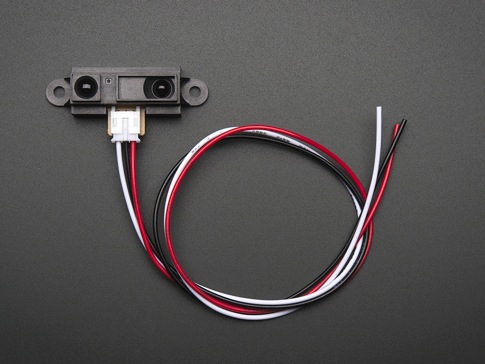GPS SPEEDOMETER
I have long wanted to datalog
the amount of lift I get at the rear of my lakester. I did
fabricate a switched LED gizmo on the front axle to see if
there was any significant lift up there but, later, I
realized that the spring rate up front is over 1800 lb/inch
and there won't be any movement between the axle and frame
at this end of the car. Which isn't saying there isn't
lift, just that I can't measure it.
I've pondered many schemes for monitoring lift in the rear,
even bought some parts to connect a spring-loaded
potentiometer with a cable running over a drum down to the
axle housing. Complicated, and requires tools not in my
shop. Or even an indicator like Dan Hostetter installed in
his streamliner. He used a morse cable mounted on the frame
with one end fastened to the axle and the other sticking up
in the air in the cockpit in front of him. He put a small
piece of foam on the rod and pushed it down flush with the
cable housing end. As the car lifted, the cable would pull
in, sliding the foam up the rod. At the end of his run,
with the car back in equilibrium, the distance of the foam
piece from the cable housing end was the maximum lift the
car had experienced. Simple, yet quite effective. And,
since his purpose in building and modifying this car was to
experiment with aerodynamics and, in particular, handling
at speed, quite necessary information.
Ran across an infrared distance sensor on-line.
This handy gadget measures distance to a reflective
object in a strange, yet effective way: The LED on the
left emits light. The thing on the right that looks like
an LED is actually a lens; the light reflected from an
object is focussed on a CCD strip behind the lens. The
pixel with the strongest signal is proportional to the
angle of the reflected light. As you undoubtedly recall
from HS geometry, if you know the subtended angle and
the length of the base, you can calculate the distance
from the base to the point of the triangle -- the
distance of the object.

The output is a voltage -- handy for datalogging -- but it
is not linear, of course. It involves trignometry and some
constants that I don't know. However, the datasheet has a
graph of output voltage versus distance (actually versus
inverse distance), but I think I'll just make some
measurements of my own and, over the small changes in
distance I expect (hope) in this application, I can
probably come up with a linear scale factor to turn volts
into lift in inches.
This guy runs on 5V, which happens to be available from my
datalogger. Outputs a voltage in the span 0-5V. Should be
very simple to mount, all I have to do is paint a white
patch on the differential housing for it to reflect from.
Oh, yes. It costs $15!



